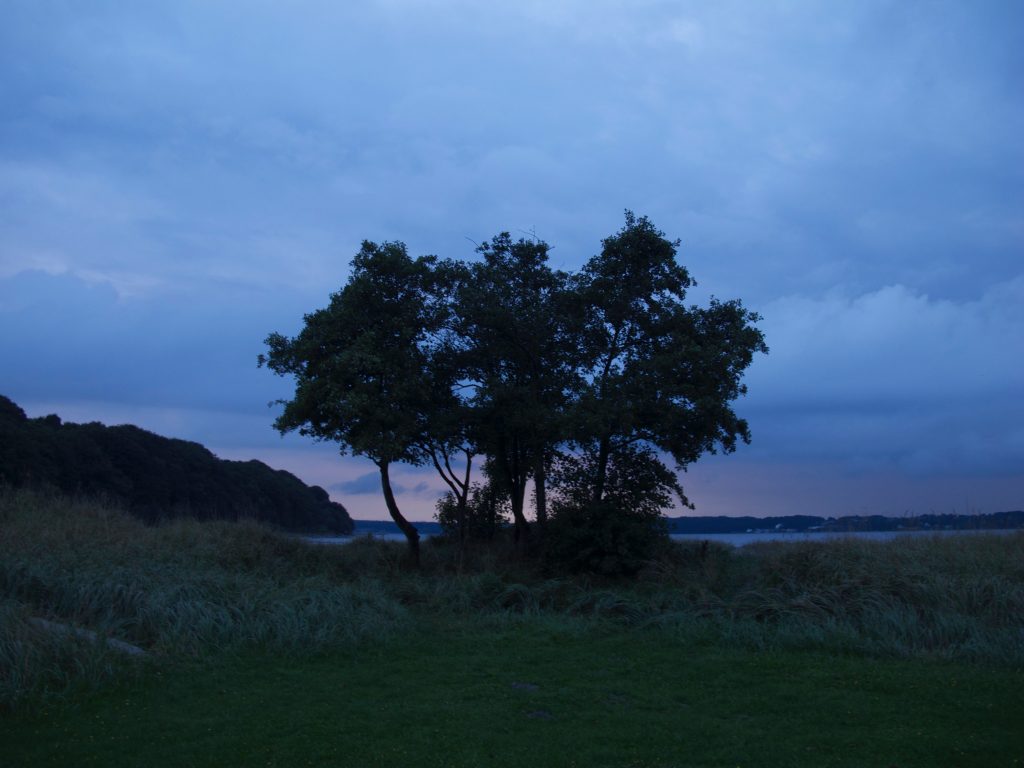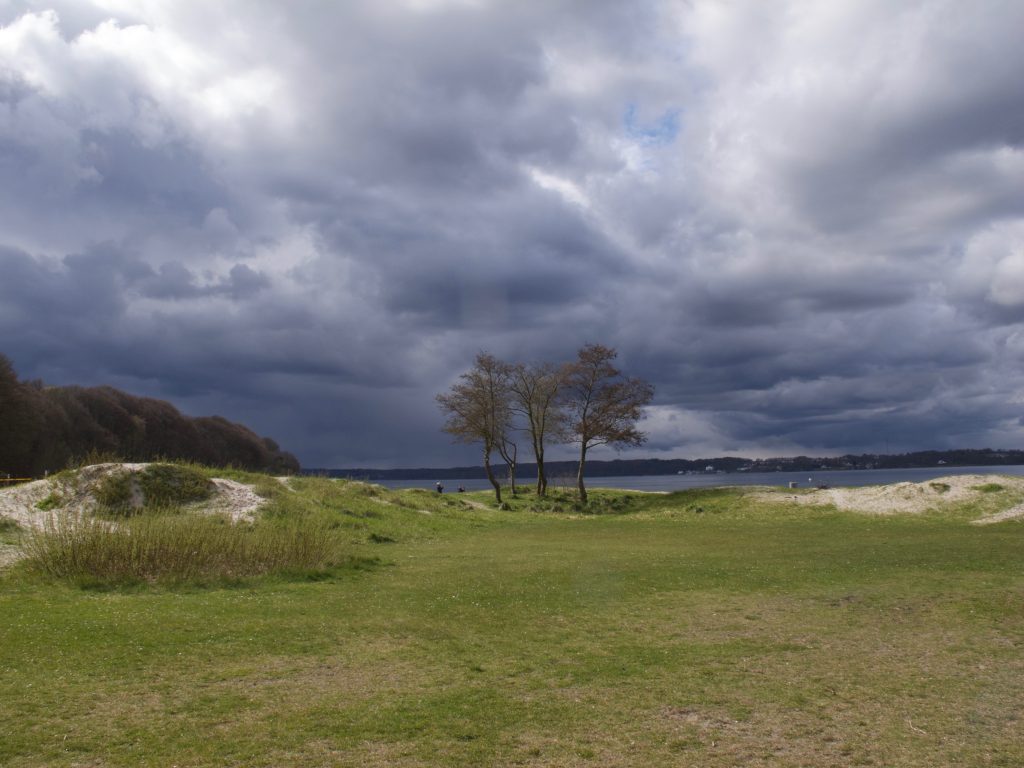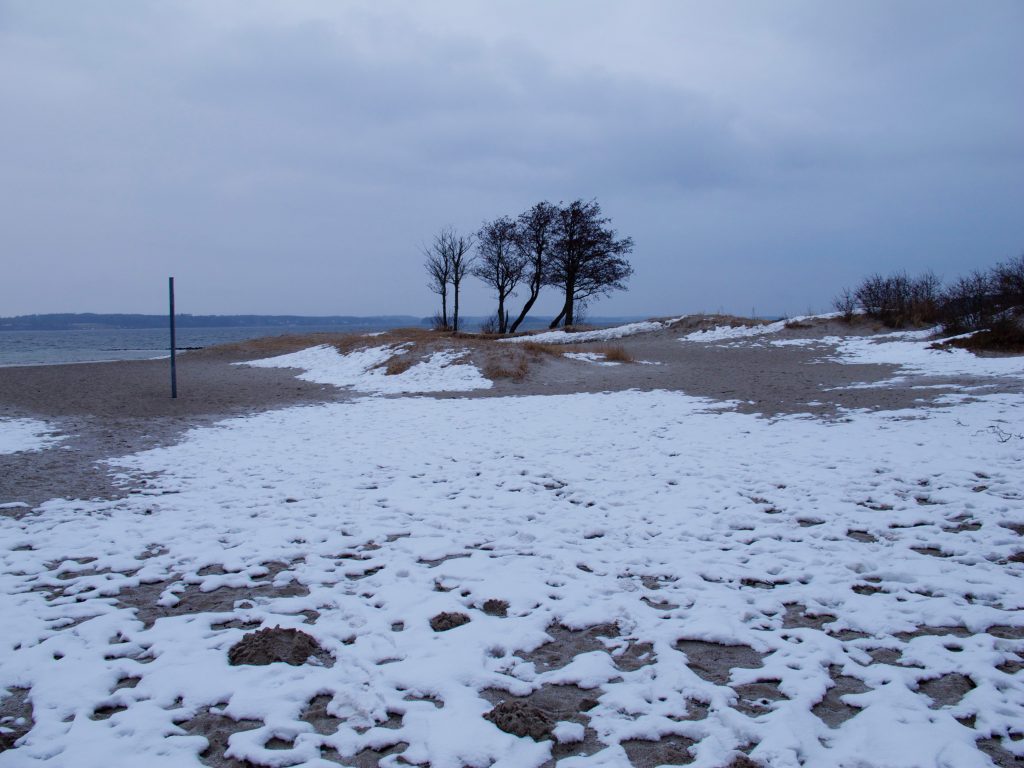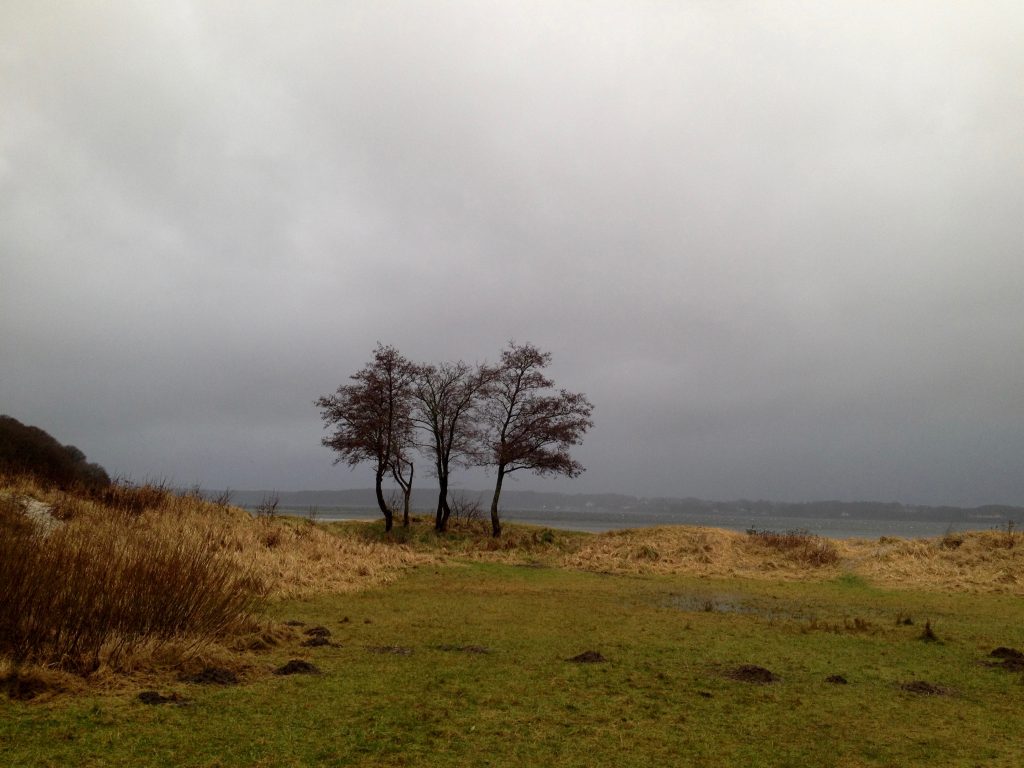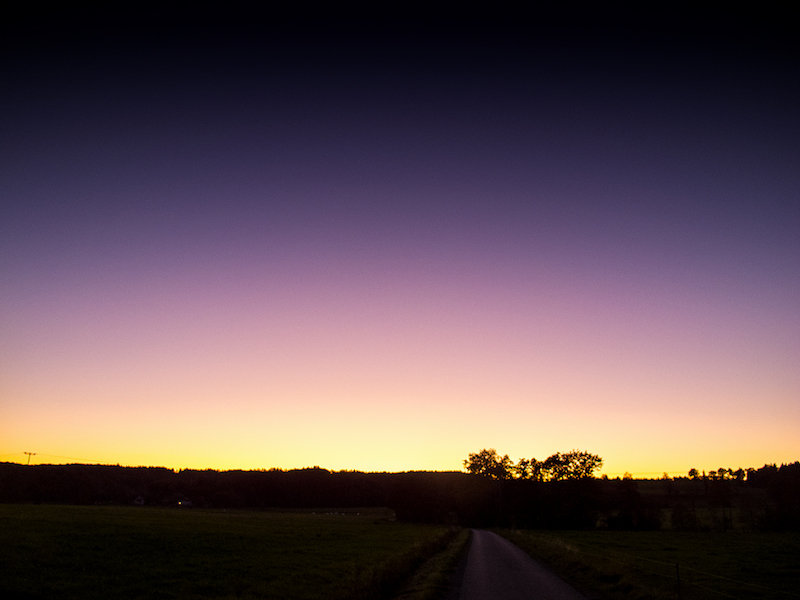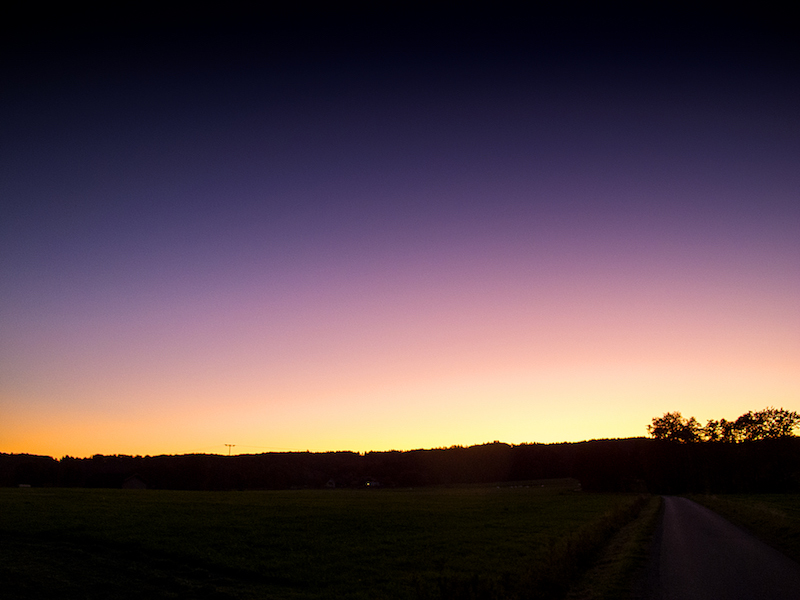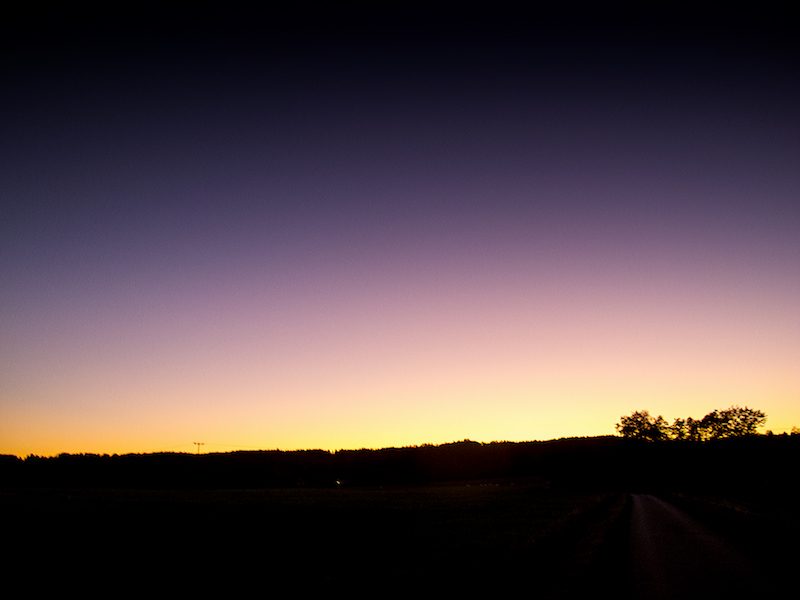Gute Wetter Beobachtungsplätze, zum Beispiel die Solitüde in Flensburg
Zwischen Deutschland und Dänemark befindet sich die Flensburger Förde. Diese zieht sich als langgestreckte und gebogene Bucht ins Land fast wie ein skandinavischer Fjord. Die Förde gehört zur Ostsee und endet landeinwärts bei der bekannten Stadt Flensburg. Diese war zeitweise eine dänische und eine deutsche Stadt. Es gibt hier auch beliebte Touristenziele wie die kleine Stadt Glücksburg oder die Halbinsel Holnis.
Die Gegend wird nicht nur viel von Touristen und Seglern besucht, auch Maler lieben die Angeliter Landschaft. Viele Menschen kommen im Sommer aus Berlin. Auf der anderen Seite in Dänemark, gibt es drei kleine Inseln, die “Ochsensinseln”, die ebenfalls besucht werden können und beliebt sind. Anders als das flache Nordfriesland auf Schleswig-Holsteins Westseite erinnert die Umgebung der Förde mit ihren grünen Hügeln und kleinen Wäldern an eine englische Landschaft.
Die Flensburger Förde ist ein großartiger Ort zur Wetterbeobachtung und zum Fotografieren. Es gibt viele Aussichtspunkte in Flensburg, an der dänischen Küstenseite oder an der Holnisspitze mit ihrer Steilküste, wo Besucher vorsichtig sein sollten. Es ist auch ein großartiger Ort um Vögel oder Sonnenuntergänge zu beobachten.
Die Ziele auf der deutschen Seite entlang der Förde sind durch die Nordstraße miteinander verbunden. Es gibt fantastische Beobachtungsplätze in Langballig und Habernis.
Doch eine lange Autofahrt ist gar nicht notwendig, denn auch innerhalb der Stadtgrenzen von Flensburg gibt es großartige Plätze. Ein Beispiel ist die “Solitüde”, ein Strand und ein kleines Viertel des Stadtteils Mürwik auf der Nordostseite von Flensburg. Die Solitüde ist bei den Flensburgern sehr beliebt. Seit einer langen Zeit gibt es auch ein Restaurant und im Sommer einen Schiffsanleger. Es ist ein großartiger Badeplatz, solange nicht zuviele Quallen auftauchen.
Aber insbesondere ist es ein großartiger Ort zum Photographieren. Es lohnt, diesen Ort das ganze Jahr über zu besuchen. Insbesondere, wenn die Touristen weg sind, herrscht dort eine einzigartige Atmosphäre.
Der Strand besteht aus einem Sandstrand und einige Wiesen. Solange ich mich erinnern kann steht dort eine Gruppe von Bäumen. Sie sind nie besonders groß geworden und erinnern mich immer an einen bestimmten Tarkowsky-Film.
Die meiste Zeit des Jahres gibt es hier Wind. Das Wetter ändert sich oft rasch und binnen Stunden können völlig verschiedene Bedingungen herrschen. Jedoch ist das Wetter weniger extrem als auf der Nordseeseite im Westen von Schleswig-Holsteing.
Kontraste und Farben sind auch anders, als wie an der Westküste, aber es gibt unglaublich viele atmosphärische Variationen. Die Farbe der Förde ändert sich auch sehr häufig.
Auch wenn es Ebbe und Flut auf der Ostseeseite im eigentlichen Sinne nicht gibt, schwankt der Wasserstand innerhalb der Förde. Wenn zum Beispiel der Wind aus Nordost kommt, wird das Wasser in die Förde gedrückt und da kann es am Hafen von Flensburg sogar zu Überflutungen kommen.
Der Platz ist ein Beispiel für etwas, was hier bereits mehrfach erwähnt wurde: Wenn Sie Wetter-Fotos oder Videos machen möchten, ist es gut, einige Beobachtungsplätze im Voraus zu kennen. Die Solitüde ist so ein Beispiel dafür. Sie ist leicht zu erreichen und hat eine großartige Umgebung. Immer wenn ich dort war, konnte ich große “Dramen” am Himmel beobachten.
Es ist sinnvoll sich auch so ein Inventar (vielleicht in einem Notizbuch) mit Landmarken und signifikanten Objekten, wie zum Beispiel diese Bäume, zuzulegen, da sie Bildern eine besondere Qualität geben und es mehr ist als nur Wolken und eine Wiese. Es ist spannend das gleiche Motiv über Jahre zu besuchen und dann Bilder mit ganz verschiedenen Stimmungen davon zu haben.
